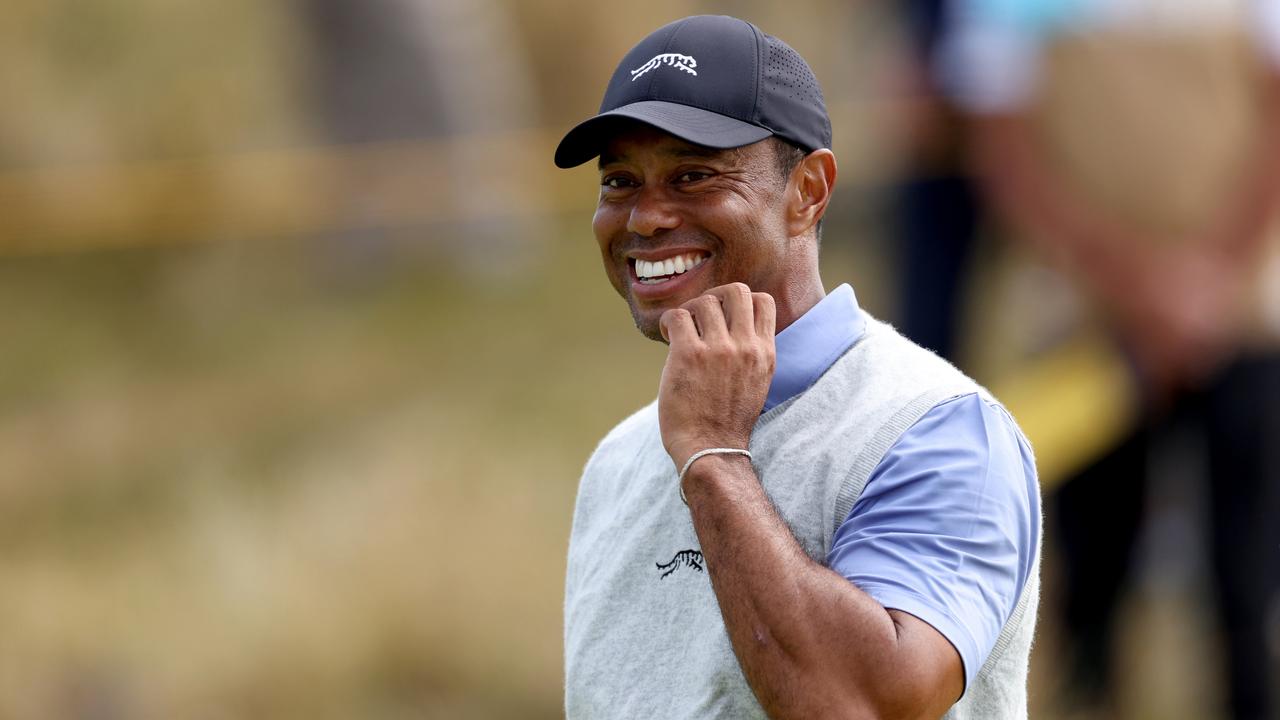Tennis
How tennis learned to love Andy Murray

“I want to play forever,” Andy Murray said, and it meant a lot coming from him.
“I want to play forever,” Andy Murray said, and it meant a lot coming from him.
Few tennis champions became more familiar with the brutality of the sport—in Murray’s case, a ruthless churn of injuries and surgeries and body parts which failed him again and again. Tennis is beautiful but it can also be cruel, and Murray—the Scottish former World No. 1 and two-time Wimbledon champ who bid adieu to his favorite event in a tender farewell Thursday—knew its savagery as well as anyone.
Hi! You’re reading a premium article! Subscribe now to continue reading.
Subscribe now
Premium benefits
35+ Premium articles every day
Specially curated Newsletters every day
Access to 15+ Print edition articles every day
Subscriber only webinar by specialist journalists
E Paper, Archives, select The Wall Street Journal & The Economist articles
Access to Subscriber only specials : Infographics I Podcasts
Unlock 35+ well researched
premium articles every day
Access to global insights with
100+ exclusive articles from
international publications
5+ subscriber only newsletters
specially curated by the experts
Free access to e-paper and
WhatsApp updates
Few tennis champions became more familiar with the brutality of the sport—in Murray’s case, a ruthless churn of injuries and surgeries and body parts which failed him again and again. Tennis is beautiful but it can also be cruel, and Murray—the Scottish former World No. 1 and two-time Wimbledon champ who bid adieu to his favorite event in a tender farewell Thursday—knew its savagery as well as anyone.
I loved the later stage Andy Murray. He was physically diminished, not a threat to push deep into most events, but his effort never shrunk. These were humble, hip-resurfaced years, regularly tormented by that bad back, but when Murray got out there, he still gave everything, gutting out first-round tiebreakers against no-names, barking at himself as if millions were on the line, when he was barely rattling inside the Top 100.
Once in a while, Murray, now 37, would summon vintage form and it was spectacular—nothing made a tennis tournament better than a rollicking Andy run, the creaky champ youthfully re-energized, the crowd rallying behind him.
At his peak…well, this isn’t ancient history, even if it feels like that. Peak Murray was an athletic dynamo, as good of a defensive player as there’s been in the baseline era, capable of lunging and stretching and staying in points that long ago should have been finished. He had weapons: a snappy cross court forehand, a curt backhand down the line. He lobbed like a lunatic.
But his key advantage was that maddening endurance. He was hard to outwork or outrun. Playing Murray was a pain in the behind, always.
When he was cooking, he was as good as it got, even if Murray was stuck in a phone booth stuffed with legends, the trophy-hoarders Roger Federer, Rafael Nadal and Novak Djokovic. They punished him but also sharpened him, and that’s why it meant so much when Murray finally broke through and ascended, winning Olympic gold in London over Federer in 2012, the U.S. Open over Djokovic later that summer, and at last Wimbledon in 2013, again over Djokovic. He’d add another Wimbledon singles title and a gold medal in 2016.
Remember: Before it got whittled down to the Big Three, it was the Big Four, and that’s not charitable nostalgia—it really was a quartet. There’s a reason Djokovic was courtside Thursday to watch Murray say goodbye. It’s why Fed and Nadal turned up in Murray’s tribute video. They know. Everyone knows. Murray is as good an ambassador as the sport has ever seen, a plain-spoken advocate not only for the men but also for the women’s game. It’s why Venus Williams was in the video and women’s World No.1 Iga Swiatek was courtside Thursday. They know, too.
Murray’s own talent had been brilliantly sculpted by his coaching mother, Judy. He had the fortune and hazard to become a tennis phenom in a tennis nation, a home crowd willing him along as if he were their own child. “C’mon Andy!” It will be hard to forget that plaintive cry coming from the rafters of Centre Court. Remember when Murray tearfully said, “I’m getting closer…” after losing to Federer in the Wimbledon final in 2012? He leaned into the agony. Murray didn’t have a tennis career. He had a saga.
One of the pleasures of Murray sticking around is the public got to see the full Andy, especially that droll sense of humor. On the court he could present as dour, stern, joyless—forever gesturing and talking out loud as if arguing with tiny ghosts—but off court he was contemplative and funny. Murray didn’t try hard to be adored, but people came around on him. By the end, pretty much everyone loved Murray.
In the U.K. he’s long since passed over into national treasure status—he’s Sir Andy now—and when the history of British tennis is told it will start with him. He’s not quite done with Wimbledon: There’s a mixed doubles date with countrywoman Emma Raducanu, which will easily be one of the biggest shows in town. It’s going to end, however, and Murray will stop. It’s heartbreaking, also a joy. Andy Murray couldn’t play tennis forever, but the sport will remember him as if he did.










